As with humans, depressed cats may show a decrease in appetite, even when offered their favorite foods. But your cat may also start eating more to calm down. Either way, pay attention to your cat's eating habits. If you notice any changes, there may be something wrong with your cat's well-being.
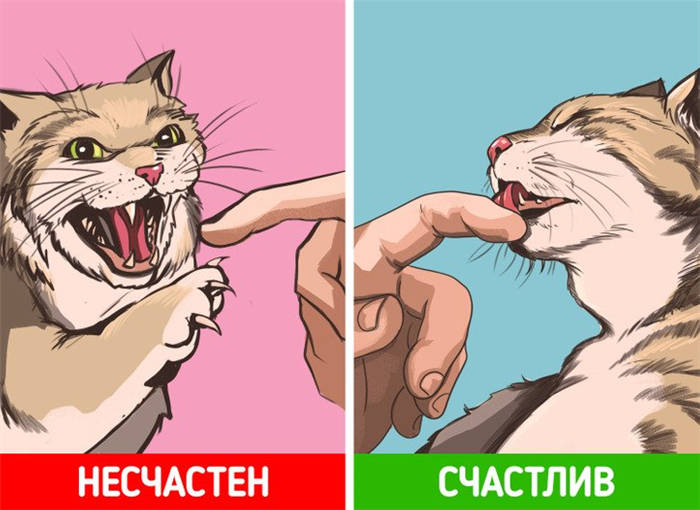
- Signs and reasons why a cat is sad
- Signs
- Cat hiding
- Weird meowing
- Look in the bowl.
- Experts distinguish 10 main signs of depression:
- Why can a cat be sad? Causes:
- Why cats can be sad: 5 main reasons
- Why are cats sad?
- How to know if a cat hates humans: 8 signs of discontent
- Eight signs that a cat hates you:
- How to tell if your cat is sad
- Depression in cats
- How to help your pet
- How cats show emotions
- What are the differences between a cat's emotions and feelings and those of a human cat?
Signs and reasons why a cat is sad
Every cat has its own personality, some are more outgoing than others, but when a typically outgoing cat suddenly becomes quiet and withdrawn it can be disturbing.
In most cases, cat owners do not understand why their cat is sad or upset. But by looking out for some signs, you can have peace of mind knowing that it may be temporary. Also, learn more about some common causes of depression in cats and how best to behave.
Signs
One picture is worth a thousand words. So, what does your cat look like. Pay attention to some signs of possible depression in your cat.
- Vocal cues or changes in vocalization: Your cat may meow more or less than usual. These are very clear signs that your cat may not be happy. These unhappy sounds are usually a low pitiful howl. Purring does not always mean happiness, and an unhappy kitty may purr more often to calm down. Other cats that normally talk may become quiet, while quiet cats may increase the volume.
- Body Language: Sometimes your cat's body language can point you to her unhappiness, and there are many eye, ear, coat and body positions that can indicate that a cat is sad. Drooping ears, tucked tail, hair standing up, and other body signs are all forms of silent messages that your cat may be sad.
- Aggression or fear: Sad cats tend to be more reactive and show aggression or fear. If you notice a change in behavior that causes the cat to become frightened or overly aggressive, it may become upset.
- Attachment, hiding or personality changes: A sad cat may lose interest in activities that used to occupy it, become reclusive, and hide. Quieter cats may become clingy or demanding, and the fear of strangers that all cats seem to share may increase when the cat is sad.
- Excessive Sleep.: Cats usually sleep a lot, but sad or depressed cats sleep even more. If the location of a cat's favorite sleeping spot has changed, this too can indicate sadness.
- Poor grooming or changes in care: This can be a sign of unhappiness and poor health. Cats that are not feeling well or are depressed often stop grooming themselves, leaving a very unkempt coat.
- No food or a change in appetite: If your cat has stopped eating or you notice a sudden change in appetite, she may not be happy about something. Sad cats may neglect the food they used to eat and even lose interest in their favorite treats.
- Spraying or changing bathroom habits: A sad cat may use its own scent to make itself feel better by urinating in inappropriate places. There are many reasons for urinating outside the litter box, but stress, depression and sadness are high on the list. Your cat may urinate in other places, such as viewing platforms, your bedroom, or places where the smell of a dead pet or missing person remains to spread its own scent. Also, if your cat goes outside the toilet litter box, this should cause alarm.
- Excessive scratching: If your cat is sad or depressed, it may start scratching objects more often than usual to relieve stress and mark its territory.
Cat hiding
Cats occasionally find a comfortable place where they are hard to find. This is normal behavior, but if your four-legged friend is acting more withdrawn than usual, it's possible that he's not feeling his best. If the cat is sad, he will be more fearful, so he will constantly look for a place where he will feel safe. In that case, you should analyze what has changed in the cat's environment and what may have frightened him.
Cats are very clean creatures. Cleanliness of hair is very important to them, so if you notice that the cat has stopped washing or does it too often, it is a reason to think. It could be a sign of stress, or it could be a sign of serious illness.
Weird meowing
All cats purr and meow in their own rhythm and manner. If you notice that the "meow" has become different and more frequent, and the purring has gone away (or has become constant), the cat may be trying to tell you something.
In addition to being a response to a threat, aggression may indicate other moods in your cat. An unhappy pet may be inclined to perceive things as a threat, even if they are not. Sad cats may become more hostile and avoid interaction, even after they have been given space. If you notice aggressive behavior such as hissing, growling, biting and stalking, a visit to the vet is advisable.
Look in the bowl.
A cat's good appetite is a sure sign that he's happy and calm. If he ignores food or overeats, you should visit the vet to make sure the cat is okay.
If a cat purrs when scratched behind the ear or stroked on the belly, he is in a good mood. However, if the cat's purring seems inappropriate or occurs more than usual, you should talk to your veterinarian.
A cat's character depends a lot on how its owner interacts with it. For Murka or Barsik to be affectionate, they need to be properly educated. The researchers of the Canadian University of Gwelff found out that the aggression of animals can be explained by the owner's certain behavior or training methods.
Subscribe to PROFILE.RU on Yandex.News or Yandex.Zen. All important news – in "PROFILE-NEWS" telegram channel.
Experts distinguish 10 main signs of depression:
- Apathy, refusal of food, even treats and activity;
- increased irritability, desire to hide, to be alone;
- sudden mood swings;
- refusal to take care of their fur;
- spoiling of furniture and other items;
- pitying, unreasonable meows;
- refusal to go to the litter box;
- attempts to mark territory in spayed cats;
- changes in behavior: an affectionate cat suddenly becomes angry and aggressive.
Often owners do not notice the first signs of depression in their cat. In addition, disorders in the psycho-emotional state can be caused by hormonal changes or problems in the work of internal organs. Therefore, it is necessary to see a veterinarian to begin with.
Why can a cat be sad? Causes:
- Change of owner, moving to a new home, loss of offspring;
- The arrival of another pet in the house;
- Cruelty on the part of the owner and other household members;
- Lack of attention from the owner;
- vitamin and mineral deficiencies;
- The onset of the sex drive and the inability to release the accumulated energy.
The owner should spend more time with the animal and try to distract him in any way possible. You can make him hunt and try to encourage him to do things, including play. If the cat doesn't want to be active, don't push it. It is better to give it treats, be near it, pet it and talk to it softly.
Cats are very fond of elevations, various houses. You can buy them in a pet store or make them yourself. Also, the pet should be given more space to run around, for example, in pursuit of a laser pointer. Do not forget about the presence of a scratching post in the house – scratching surfaces is the norm for these animals, according to the website Ivethelp.
Cats are mysterious animals. Even the owner is not always able to determine the mood of his pet. Despite this, the specialists of the British Veterinary Association explained that the emotions of a cat can be accurately enough defined by its tail.
Subscribe to PROFILE.RU on Yandex.News or Yandex.Zen. All important news – in the telegram channel "PROFILE-NEWS".
Why cats can be sad: 5 main reasons
We are used to seeing our cats playful, curious or slightly aggressive, but there are times when cats become sad. This can manifest itself by the cat lying or sitting with sad eyes and may even begin to refuse to eat. Why are cats sad? What are the main theories put forward by experts?
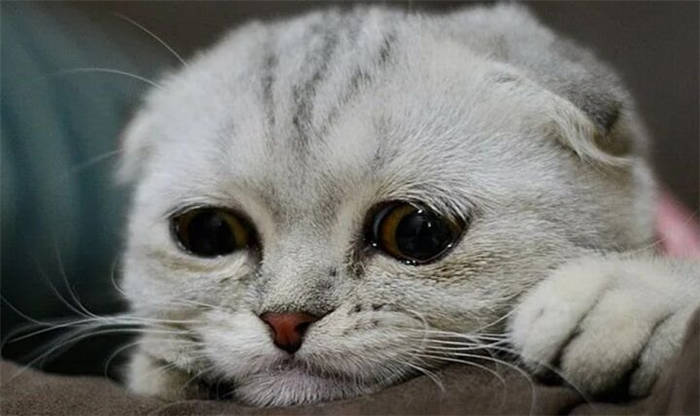
Zoopsychologists point out that cats can experience a variety of emotional states, from joy to sadness, which is a natural process for them. If a cat is experiencing sadness, you can find signs in its behavior such as:
5. The cat has less contact with its beloved owner.
Of course, each cat is sad in its own way, and not always these five signs of sadness may appear. The most important signs of a sad cat are a sad look, laziness, prolonged sleep, and a lowered head.
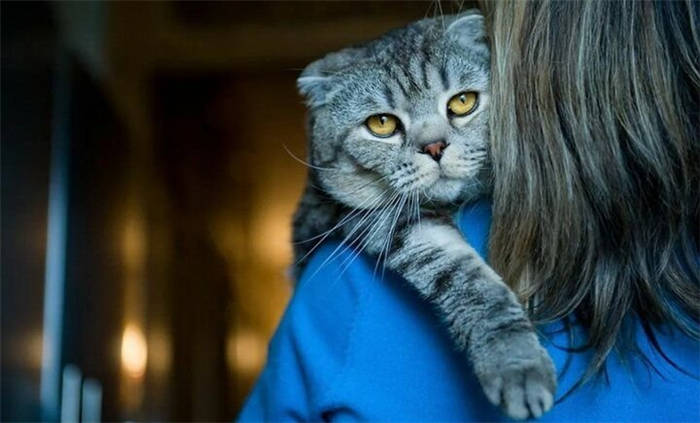
Why are cats sad?
Cats are predators who carry instinctual needs. For example, if a cat lives in a small apartment, rarely goes outside and has no opportunity to play with other cats, it accumulates emotional energy. If they can't get that energy out by hunting or playing with other cats, they become sad.
If the owners feed their cat monotonous food or give only cheap food, then from a lack of vitamins in the body – the cat may become less energetic and sad. So if a cat is sad, it is worth paying attention to your cat's diet and enriching it with vitamins.
Cats can also be sad because the owners do not pay enough attention to their cats. In order that the cat will always be in a good mood, you should pay more attention to the cat, play with it, pet it and feed it with its favorite foods.
If owners are too strict with their cats, the cats may also be in a sad state. This manifests itself in the fact that cats will constantly be in a wary state and sooner or later this leads to depression.
Depression and sadness in cats is not only the result of psychological depression in cats, but also from illness. When a cat is ill with something, it is immediately evident in its general well-being and this leads to a lethargic state and to sadness. In this case, you should show the cat to a specialist, but that is if you find the cat has other symptoms. For example, the symptoms of a cold or a virus.
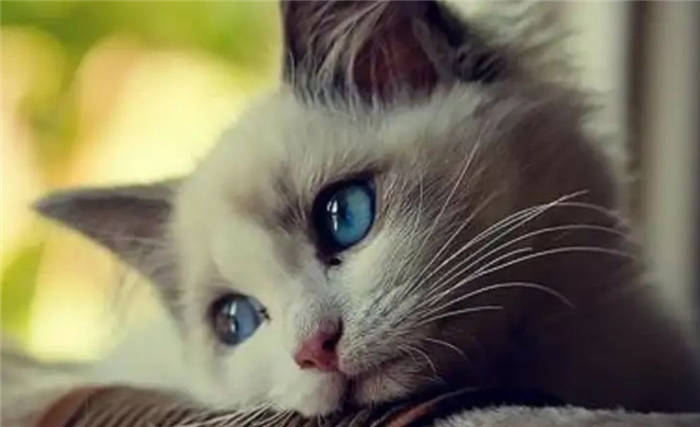
Also, we should not forget that cats can be sad because they have changed their place of residence or owner, lost their kittens, or they are just bored in the house. In any case, if there is nothing wrong with the cat's health, you should try to cheer up your beloved cat. Play with your cats more often, buy toys from the pet store, pet them, and just give them healthy treats when you see that the cat is bored and sad. And everything will be great for the cat!
How to know if a cat hates humans: 8 signs of discontent
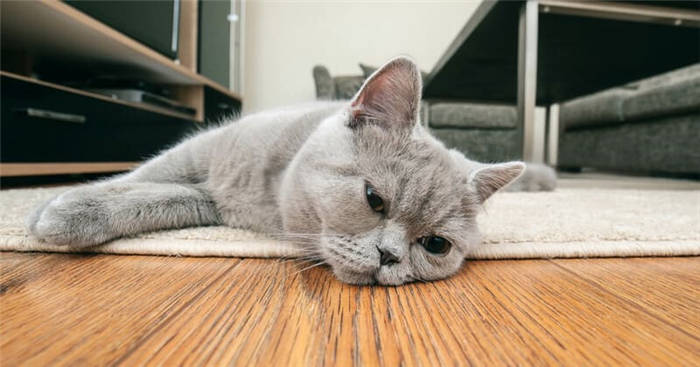
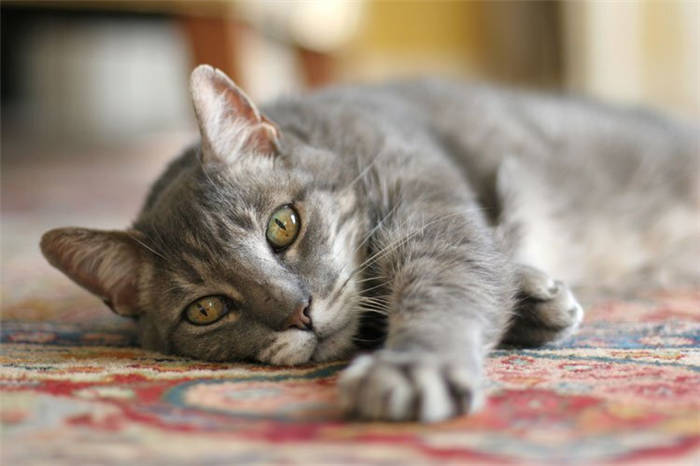
Cats can be very affectionate and loyal pets. They can express joy, anger, resentment, the whole range of emotions, but sometimes their behavior is difficult to understand. Experts distinguish several signals by which you can understand how an animal relates to the owner or any other person. If a cat bites once or sometimes does not want to be touched, it does not mean hatred. However, persistent strange behavior may indicate that the animal dislikes a family member or guest.
Eight signs that a cat hates you:
- Biting, hissing, growling and scratching. Most cats sometimes bite their owners lovingly, but the permanently injured skin and display of aggression indicate that the animal is angry;
- A "crazy" tail. Often a pet's mood can be understood by its tail. A slight twitching is not necessarily a bad sign. However, if the tail twists in different directions like a whip, it is best to stay away from the pet;
- Ignoring and avoiding eye contact. If a cat doesn't like something, sometimes it pretends it's not there. The same goes for people. When the pet does not react to the presence of a person, does not look him in the eye, it may indicate a cold attitude towards him;
- disappears when you approach her. Even the most unfriendly cats like to be petted from time to time. But if a pet never asks for petting and immediately leaves the room after a person enters, it probably prefers to avoid that person. The animal is where it feels safe and leaves a place of stress, Pethelpful writes;
- the ears droop and turn away. Another hallmark of a cat's emotional state. When she pulls her ears to the side or back, she is most likely nervous and wants to protect herself;
- constant tension. Sleeping puts the cat in a vulnerable position. If the animal does not trust the person, she will not sleep next to him so that she does not let her guard down;
- won't let him get close. When the pet does not like the person, it will keep its distance;
- Dilated or severely constricted pupils. If a cat's pupils become large and round, it is usually caused by fear or excitement. When the pupils narrow to narrow slits, it is a sign of anger, excitement or agitation. Either way, a cat's eyes can give an indication of what the animal is thinking about a person.
How to tell if your cat is sad
Cats are emotional animals, and just like humans, they can sometimes be sad or depressed. While some signs of discomfort are easy to see, others may not be as obvious, making it difficult to know how your pet is feeling. "Take & Do" will tell you about certain behaviors to look out for if you think your furry friend is uncomfortable.
❗ We remind you that this article was created for informational purposes only and is not a substitute for a consultation with a veterinarian.
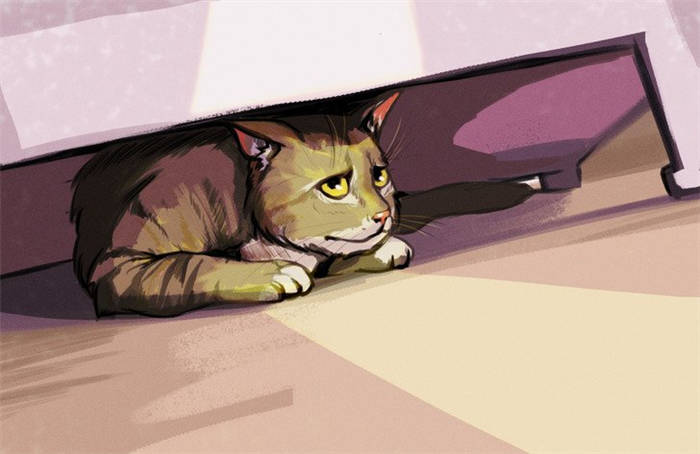
It is common for cats to occasionally find a comfortable place to hide. However, if your four-legged friend is more withdrawn than usual it is possible that he is uncomfortable. If the cat is stressed, it is more timid, so it will look for a place to calm down and feel safe. Moreover, your cat may not want to play, cuddle, or interact with family members in any way.
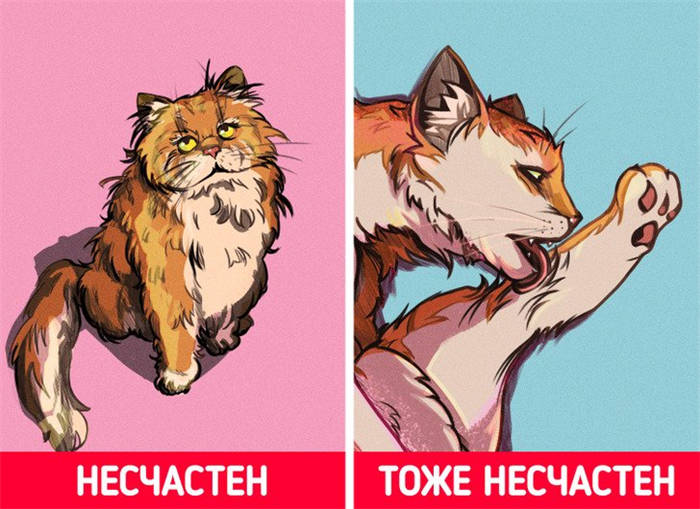
Cats are always grooming themselves, and this habit can change significantly if your cat is in a depressed state. For example, your pet may either excessively start licking its fur or stop doing so altogether. Therefore, if you notice any differences in grooming habits, it is possible that your cat is feeling depressed.
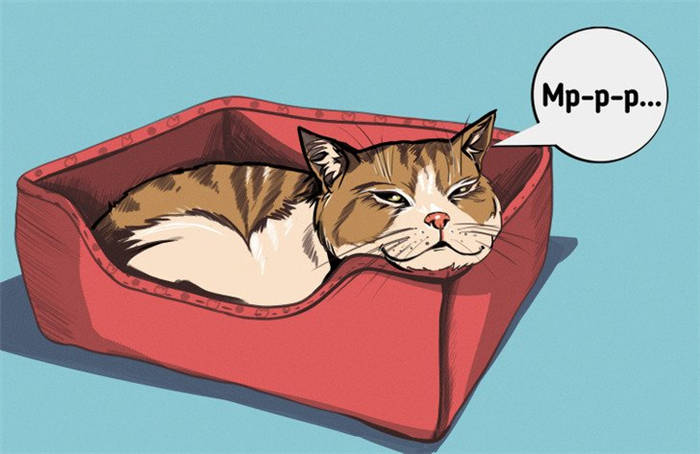
Pay attention to how often and how long your cat purrs routinely and quietly. This behavior may be an indication that your pet is trying to calm himself, that is, he is stressed. Moreover, if your cat's behavior has changed, you need to pay attention too. For example, your cat, which usually expresses its desires and discontent very loudly, has become very quiet, or your calm cat has started to meow very loudly.
Depression in cats
Cats are sad for a variety of reasons, but the death of an owner, divorce and departure of a beloved family member, loss of home, and chronic stress can cause cats to become depressed in the clinical sense of the word. It is a proven condition that, however, even veterinarians have difficulty identifying. While sadness will be a temporary event, depression is a persistent decrease in mood, lack of enjoyment of the usual pleasant things, disturbed sleep and appetite.
More often than not, depression in cats occurs after circumstances she cannot control. Here are some possible causes:
- relocation;
- Disruption of the usual way of life;
- Lack of opportunity to show natural behavior – play and imitation of hunting;
- Frustration of the basic needs for food, water, privacy, rest, safety, activity;
- The disappearance of a significant other;
- divorce and other family breakdown;
- the arrival of a child;
- The arrival of a new pet;
- departure of the owner on vacation or business trips;
- Terror by stray animals;
- repairs or construction work in the house.
Foreign manuals have identified the following symptoms of feline depression:
1) Depressed mood for long periods of time, inability to rejoice;
2) Changes in typical behavior – the cat no longer meets its owners from work, does not sit in favorite places, does not do things it used to like, is indifferent to toys;
7) Excessive licking or, on the contrary, cessation of grooming;
9) Meowing caused by the death of a friend. A cat may howl, scream, or hiss even at minor stimuli;
These are non-specific symptoms, so they can always accompany another illness. This needs to be understood before thinking of ways to deal with the problem.
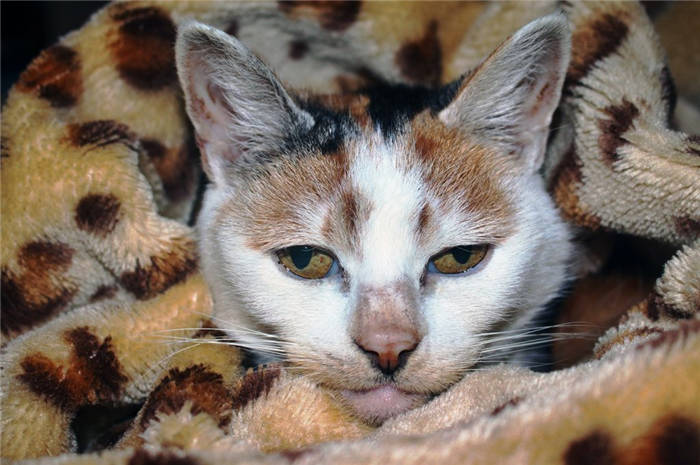
How to help your pet
First of all, if your pet is showing symptoms of depression, it is important to visit a veterinarian you can trust to rule out a physiological cause. If the cat is lethargic and sad, it may indicate a health problem. She may be in pain for something. If there is nothing wrong with the body, it is worth thinking about psychological reasons.
- It is recommended to analyze what has changed in the pet's life in an alarming way recently? Possible causes of stress should be eliminated or reduced;
- An understandable daily routine and routines and rituals should be established, so that the cat feels safe and the owner's routine and behavior are predictable. This is reassuring;
- It is important to provide the pet with everything it needs to live comfortably – food, shelter, toys, attention. For example, if a new pet is the problem, you should pay more attention to both, provide places of privacy. It is very important to provide every animal with the necessary resources to prevent depression;
- Provide enough mental stimulation and entertainment for the cat – games, a place to watch the street on the windowsill, there are even special films that can be played for the cat if the owner leaves the house for a long time;
- In more complicated cases, it is worth asking for help from a zoopsychologist;
- Veterinarians may also recommend giving the cat antidepressants. This is common practice to correct the behavior and improve the quality of life of the pet. It is an extreme measure, as all such pills have side effects, but sometimes necessary.
Cats are sad and show their owners with their emotions that they need something. Therefore, it is important to learn how to properly respond to a pet's anxiety and sadness. In order to find out how well you understand your cat, American scientists have developed a special test. When a pet is sad, you can help your little friend with ordinary companionship. Often showing more attention to him will be sufficient. And if the condition drags on, you should definitely show your pet to the veterinarian. Love and care will help the animal feel happy again.
How cats show emotions
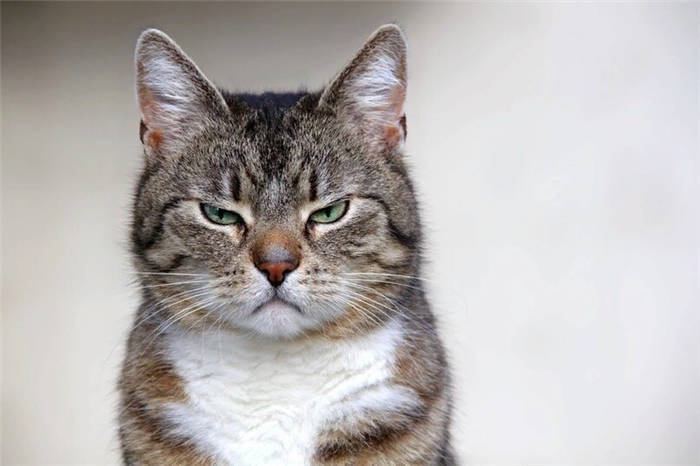
The cat is an introvert, so it is used to intuitively hide emotions, but we have learned to recognize them.
If you are attentive, you can easily figure out how a cat feels. It reluctantly shows it with its facial expressions, body gestures and sounds.
The cat may even kiss you. To do this, it begins to slowly close and open its eyelids, as if hypnotizing its companion.
What are the differences between a cat's emotions and feelings and those of a human cat?
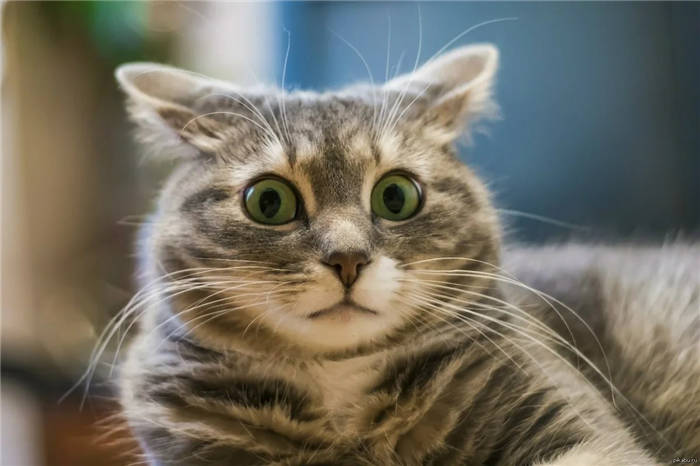
The same parts of the cat's brain are responsible for its emotions as are parts of the human brain. But we must not humanize the cat.
For example, a purring cat has no feelings of shame or guilt at all. So it makes no sense to ask the cat if his muzzle is ashamed for throwing his grandmother's handmade service off the table.
He's not ashamed, but scared now that you're yelling. He was, on the other hand, playful and amused when the porcelain mugs flew down and bobbed amusingly on the floor.
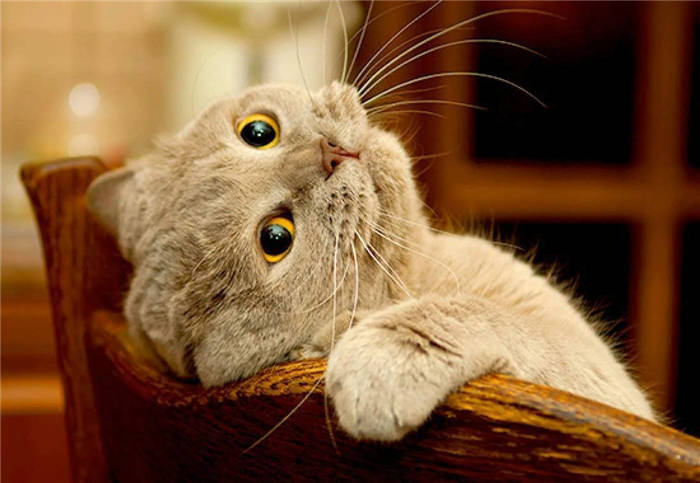
Cats don't know how to retaliate because they can't hatch a plan of revenge. That's the weakness of humans. And a cat tags in his slippers to drown out the smell of whoever scared him.
Cats are different, but they all need human love and care in the stone jungle of big cities.






